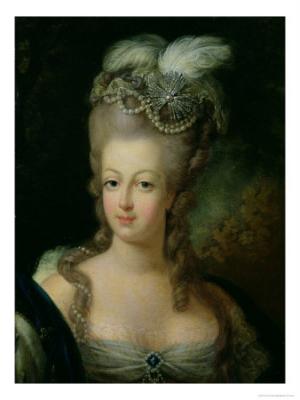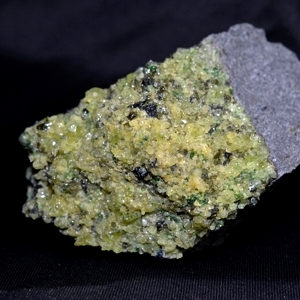 The Amber Room has quite the amazing story and history behind it. The Amber room started as part of the Charlottenburg Palace in Prussia for King Friedrich Wilhelm I. The construction started in 1701 and concluded in 1709. Andreas Schluter, the German baroque scholar, came up with the idea and design of the Amber Room and Gottfried Wolfman a Danish amber craftsman constructed the room. Wilhelm I built it becuase his second wife Sophie Charlotte pleaded with him to build it.
The Amber Room has quite the amazing story and history behind it. The Amber room started as part of the Charlottenburg Palace in Prussia for King Friedrich Wilhelm I. The construction started in 1701 and concluded in 1709. Andreas Schluter, the German baroque scholar, came up with the idea and design of the Amber Room and Gottfried Wolfman a Danish amber craftsman constructed the room. Wilhelm I built it becuase his second wife Sophie Charlotte pleaded with him to build it. Forming an alliance with Russia, Wilhelm I gave the Amber Room to Tsar Peter the Great, who after on a visit, longingly sought after it. In 1755 the Russian Tsarina Elizabeth had the Amber Room moved and placed in the Winter Palace. It was then later moved again to Catherine's Palace. She had a new design for the room from her Italian Court Architect Bartolemo Rastrelli and therefore sent for more Baltic Amber from Frederick II the Great to fill it out.
This is where the Amber Room had rested until the Germans invaded Russia in 1941. Hitler had relayed the message that he wanted the Amber Room brought back to Germany. The Russians, fearing this, tried to dismantle the Amber Room but they found the amber too brittle to remove. Just as the Germans got to St.Petersburg, they dismantled the Amber Room. No one knows how they did it or how much damage was done to the amber.
According to reports, the amber was placed in hundreds of boxes and shipped out of St. Petersburg harbor. From St. Petersburg, no one really knows where the amber went. Some people believe it was shipped up to the Scandinavian countries or Austria and was purposely sunk. The water shouldn't hurt the amber and the Nazis probably thought they would retrieve it after the war was over. Unfortunately, the amber remains hidden to this day. Many ships and treasure seekers continue to search but there has been no success as of yet. The Amber Room remains one of the worlds unsolved mysteries.
There is an interesting postscript to this story. In 2003, at the request of the Russian government, a second amber room was created. It is remarkable copy but it is minus the semi-precious stones and some of the gold leaves. If the old panels were still in Catherine's Palace, it is estimated their value to be around 140 million dollars. It is no wonder that the Amber Room has been called the 8th wonder of the world! I have been fortunate to visit the Amber Room in 2005 and it was so beautiful that it was hard to comprehend that the entire room was made up of amber! I was so lucky to see this in person.














